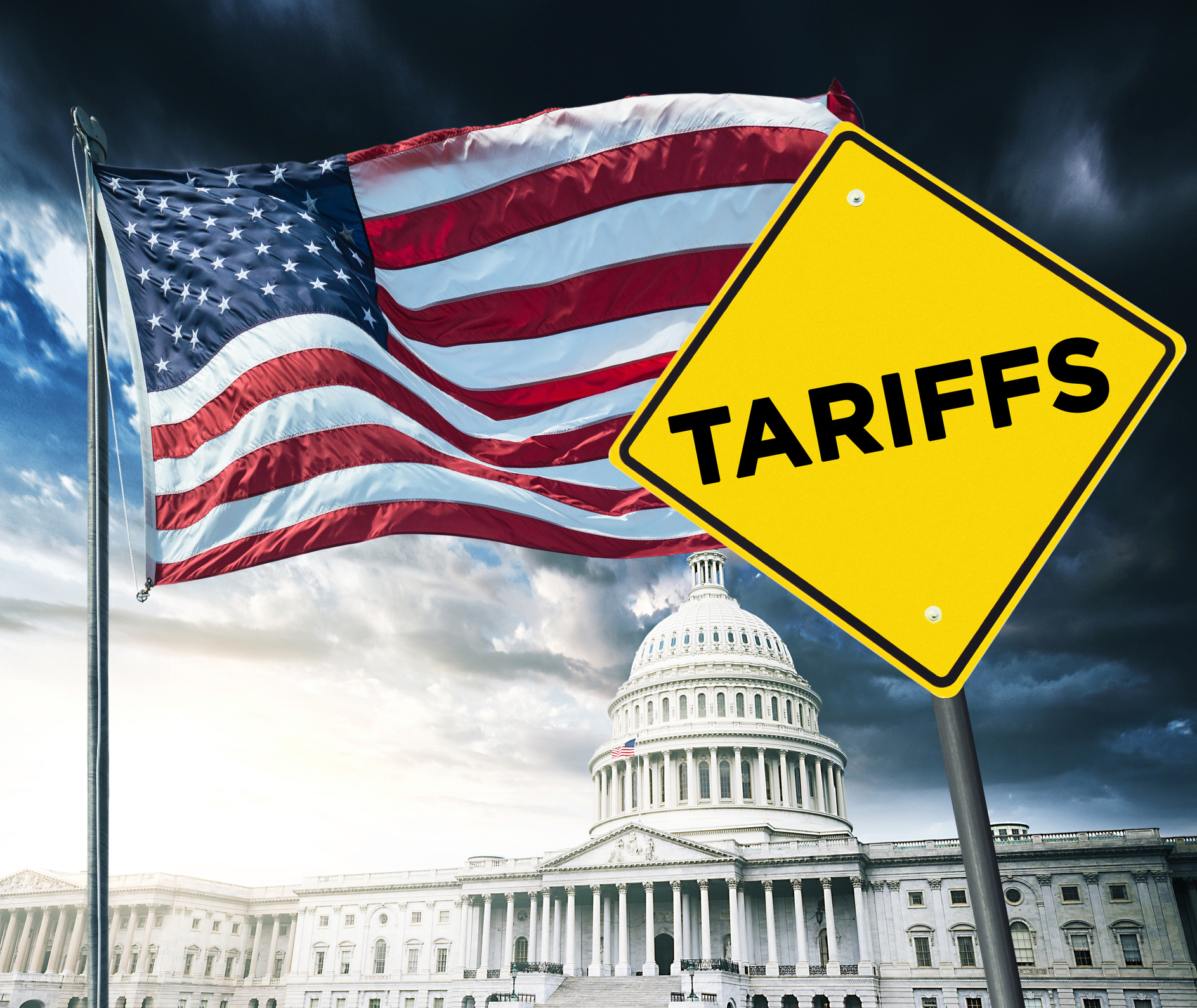How U.S. Construction Leaders Can Navigate the New Global Trade Reality
Josh Levy, CEO, Document Crunch
On April 5, 2025, the United States government enacted a sweeping new round of tariffs, placing a 10% levy on imports from all nations, followed by individualized reciprocal tariffs on countries with major trade deficits beginning April 9. This was followed by 50% tariffs on steel and aluminum going into effect in June, a shift reverberating across virtually every active and upcoming construction project in the country.
The policy changes are a structural disruption to how America’s construction industry sources, plans, negotiates, and delivers. For construction executives, risk managers, procurement officers, and field teams alike, the question is no longer if trade policy will affect your project, but how prepared you are to respond when it does.
As someone who works at the intersection of technology, construction, risk management, and contract strategy, I believe this moment requires neither panic nor politics. What it does demand is a disciplined, proactive approach to risk rooted in smart contracting, having honest conversations with your trade partners, and a touch of AI-enabled foresight.
Tariffs Are Here. Are Your Contracts Ready?
Let’s be clear: price volatility isn’t new in this industry. However, the velocity and scope of these tariffs pose a unique challenge, especially for general contractors and specialty contractors bound by fixed-price agreements. Too often, contracts either lack price adjustment clauses or contain vague “change in law” provisions that don’t adequately protect against tariff-related cost surges. Even when clauses exist, strict notice requirements can make it difficult to seek relief once materials are ordered and installed.

In the near-term, from commodity materials like steel, aluminum, and lumber, to specialty materials like appliances and flooring, builders will face higher prices or be forced to find alternative suppliers. These sourcing challenges will impact the buying cycle and the time materials arrive on construction sites. Suppliers may adjust their operations, business models, or pricing to avoid losing U.S. customers, or they may even shift away from U.S. customers all together.
That’s why the first step every construction leader should take right now is a comprehensive contract audit. It’s important to know what protections you have and what vulnerabilities you’re exposed to.
Understanding your contract is as essential for counsel as it is for the field teams. It can mean the difference between absorbing a 30% steel cost hike or successfully negotiating a change order.

Strengthen the Supply Chain Before it Breaks.
While legal protections are critical, so is procurement strategy. With tariffs squeezing global supply chains, firms need to map their entire supplier ecosystem, not just direct suppliers but also the upstream manufacturers and freight routes behind them.
Ask yourself:
- Do we have multiple sources for critical materials like rebar, aluminum panels, and piping?
- Are any suppliers at risk of reprioritizing exports to other markets where tariffs don’t apply?
- Are there domestic alternatives, even if slightly more expensive, that offer reliability and predictability?
It’s also time to formalize contingency plans for labor disruptions. If material delays slow down job sites, do your subcontractor agreements account for workforce availability and capacity adjustments? Do you have workforce protection language in place to manage reallocation without penalty?
Tech-Enabled Risk Management is No Longer Optional.
Let’s face it, most construction contracts weren’t built for speed. They’re often hundreds of pages long, full of conditional clauses, and updated inconsistently from project to project.
Manual review can take days. However, there are AI-powered contract tools now that enable your legal, procurement, and project teams to:
- Summarize contract risks in minutes;
- Highlight clauses affected by trade policy shifts;
- Collaborate in real time to draft revisions or notify clients; and
- Standardize protections across all new projects.
This is about operational resilience. When trade disruptions become recurring features – not one-off events – you need scalable tools to make fast, informed decisions.

Insurance and Indemnity: Don’t Overlook These Shields.
Many firms overlook the role insurance can play in shielding against tariff impacts. Does your coverage extend to supply chain disruptions? Are you adequately protected against liability arising from cost-related delays or contract termination?
Now is the time to reassess with brokers and risk consultants: builder’s risk policies, professional liability coverages, surety bonds, and indemnity obligations.
Strong indemnification language in subcontractor and vendor agreements can also redistribute some of the tariff risk downstream, provided it’s negotiated fairly and transparently.
This is Construction’s Wake-Up Call on Trade Risk
We cannot afford to treat these tariffs as a one-time inconvenience. Global trade policies are volatile and have always remained so, and they are becoming increasingly politically leveraged. Tariffs can last for six months or six years; however, the next disruption is always around the corner.
Construction has an opportunity to adapt now. The industry can weather this storm and the next by aligning contracts, procurement, insurance, and technology around resilience.
For construction leaders, the stakes are high. Margins are thin and delays are costly. But with the right preparation, this tariff turbulence can be transformed into a competitive advantage. The companies that act today, audit their contracts, diversify sourcing, train their teams, and digitize risk management, will deliver projects on time and on budget, while others scramble to recover.
Tariffs may be beyond your or my control, but how you prepare for them is not. If the industry can hardwire clarity, transparency, and foresight into every contract and project phase, we move closer to a future where costly disputes are no longer inevitable, but avoidable.

Josh Levy currently serves as Document Crunch’s Chief Executive Officer. Josh co-founded Document Crunch having spent much of his career building upon extensive leadership and expertise counseling the construction industry. He has worked for ENR Top 50 firms and has led departments earning $1 billion annually. Josh graduated with honors from the University of Florida with a Bachelor of Science in Construction Management and earned his Juris Doctorate from the University of Miami, graduating magna cum laude. Document Crunch is the culmination of all of these experiences. His vision is to raise the bar of the entire construction industry.

Document Crunch is the construction industry’s leading AI risk reduction platform, transforming how teams manage risk from bid to closeout. Recognized with a 2024 AI Breakthrough Award and powered by CrunchAI, Document Crunch helps project teams review documents in seconds, guide decisions with built-in best practices, and assist with on-the-job questions and tasks. To learn more, visit documentcrunch.com.